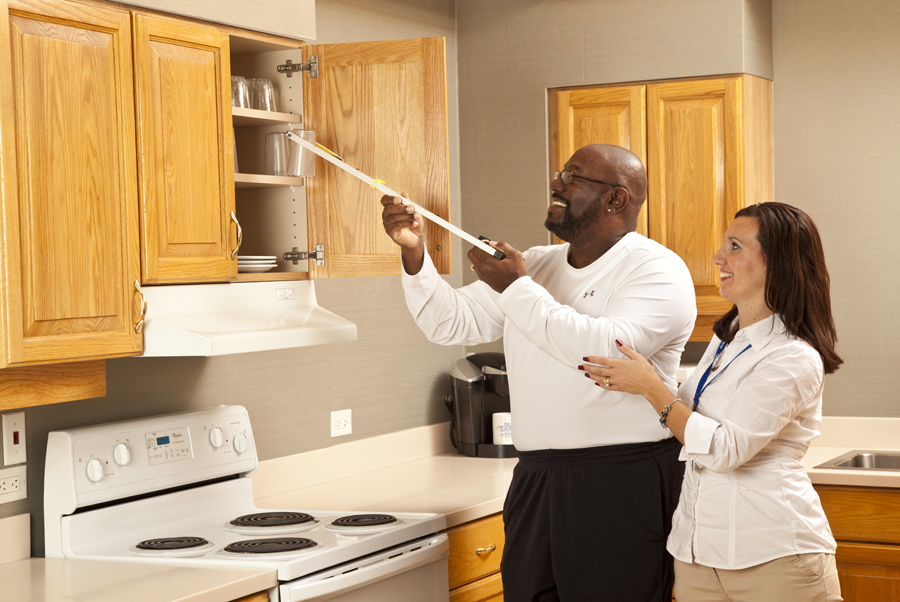Perfecting the Craft of Ergonomics to Improve Well-being and Productivity in Office Settings
Perfecting the Craft of Ergonomics to Improve Well-being and Productivity in Office Settings
Blog Article
Elevating this art of human-centered design is critical for implementing workspaces that support postural health and productivity. Applied ergonomics is the methodology of tailoring task areas, tools, and tasks to accommodate the capabilities of team members. By focusing on how individuals engage with their workspace, businesses can alleviate discomfort and prevent repetitive stress disorders. An ergonomic workspace supports natural movement and minimizes strain, which can lead to improved effectiveness and engagement among team members.
One key aspect of ergonomic planning is the organization of workstation elements and equipment. Desks should be at a height that allows workers to sit with their elbows at a 90-degree angle while typing. Chairs should offer adequate support for the lower back, promoting spinal alignment. Additionally, display devices should be positioned at visual height to minimize upper-body stress. By confirming that these ergonomic components are properly adjusted, workers can sustain a neutral position throughout their tasks, reducing fatigue and enhancing concentration.
An additional notable consideration in an optimized workspace is the use of supportive devices and hardware. This includes input devices, pointing devices, and other instruments designed to minimize repetitive strain injuries. For instance, using an ergonomic keyboard can aid in reduce wrist pain caused by repetitive typing. Furthermore, modular seating systems and sit-stand desks empower employees to change their position throughout the day, which can alleviate physical stress and boost energy levels. Investing in industry-grade ergonomic furnishings can result in sustainable work habits and higher productivity rates.
Illumination is also a core pillar in workspace ergonomics. Effective lighting can minimize eye strain and make it easier to engage with their job functions. Daylight is ideal, but if that is not available, using task-specific artificial lighting can aid maintaining a comfortable atmosphere. It is advisable to avoid glaring fluorescent lights that may trigger visual discomfort or fatigue. By incorporating moved here sufficient lighting, organizations can create an environment that advances both visual ergonomics and output.
Finally, advocating for scheduled breaks is imperative for maintaining an ergonomic workspace. Reminding workers to take short breaks can help disperse fatigue and mental overload. During these breaks, users should be encouraged to move around or get up to improve physical engagement. Integrating routine break times can help create a this hyperlink structure that values health without reducing output. Overall, embracing ergonomics in the office not only enhances well-being but also fosters a more engaged work culture where team members can thrive.